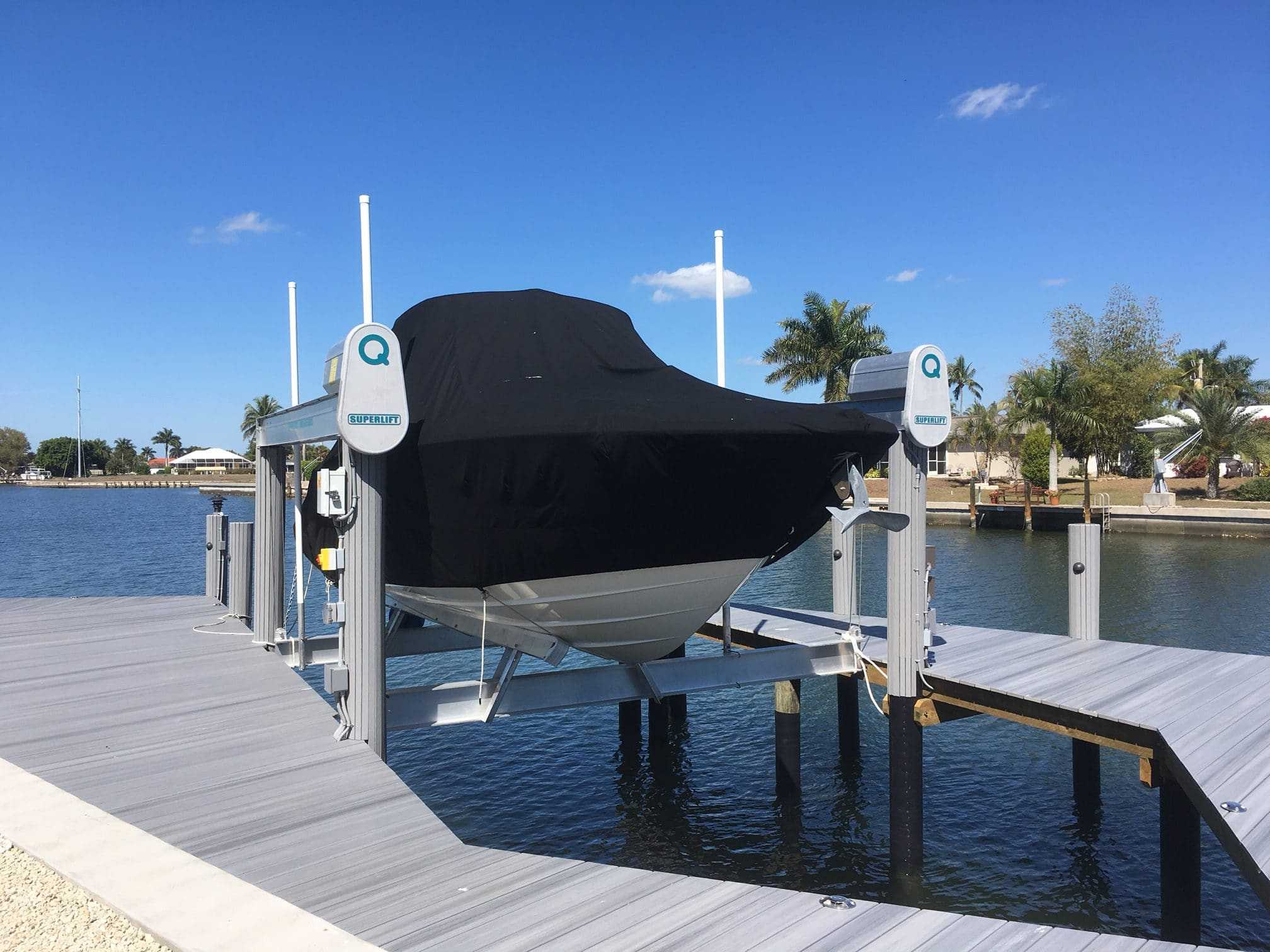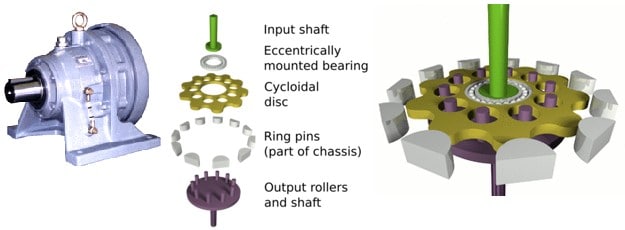Looking for the ultimate party boat? Look no further than a pontoon boat!
Pontoons are now more luxurious, speedy and popular than ever before. Pontoon sales rose 58 percent between 2010 and 2014.
Whether you’re planning on hosting a family get-together, a birthday party or a catch up with friends, pontoons offer a unique setting to make any occasion memorable!
Safety First
Make sure your boat is equipped with first aid kits, life jackets, and a fire extinguisher.
Avoid using any glassware or breakable items, especially if there are children on board.
Make sure to keep any electrical appliances away from water.
Also make sure to adhere to pontoon boat safety regulations, like the maximum number of passenger on board.
Get Your Theme Spot On
Nothing gets guests in the mood to celebrate like a theme!
Stick to the classics such as nautical or tropical, or try something out-of-the-box like a murder mystery, Fiesta and more.
Also be sure to have some themed music on hand – YouTube and Spotify have a range of free playlists to suit any audience.
Keep Decor Fun and Simple
Keep decorations easy and inexpensive with some simple DIYs.
When decorating, choose sturdy materials such as plastic which can withstand the outdoors, and make sure all decorations are properly secured to avoid a safety hazard.
A photo booth is a sure crowd-pleaser. With some simple themed props and the sea as your backdrop, you can capture some great memories for your guests to enjoy!
Cater to the Crowd
Everyone loves to eat! Be sure to ask your guests about any dietary restrictions so you can have options for everyone.
Have some simple finger foods like chips and salsa on hand, along with some healthy options like popcorn or veggies and dip.
If you are planning on grilling, make sure you have some salads and sides prepared in advance to keep hungry guests happy while they wait.
Choose foods that carry well and won’t spoil in the heat – be careful with mayonnaise or creamy dressings.
Chilled pasta salads, shrimp cocktail, and bruschetta are all great options, easy to assemble on board.
For drinks, invest in a cooler so guests can pick up drinks over the course of the day. Be sure to have plenty of water and ice on hand! For a refreshing summer treat, try infusing water with fresh fruit such as lemon or berries.
Take the Stress out of Cleanup
To take the fuss out of hosting, a little planning can go a long way to minimizing cleanup.
Keep trash bags and hand sanitizer on board in a designated area so you and your guests can clean as you go. Make sure to double-bag all trash cans to prevent unpleasant odors and trash spills during the party.
Limit the amount of trash by choosing reusable plates, cups, and glasses, and opting for finger foods as much as possible.
Keep some basic cleaning supplies such as rubber gloves at hand, and disinfectant wipes and small towels to make cleanup as safe as possible!
Now Go Enjoy Your Pontoon Boat Party!
When planning a pontoon party, simplicity is key.
Impress your guests with a lighthearted theme and some DIY decor. Make sure you follow boat safety measures and always be mindful of your guests onboard. Don’t forget a playlist for a perfect soundtrack, keep the food and drinks flowing, and most importantly, have fun!
Happy party planning!









 As stated above, the rolling motion results in minimal friction and very high efficiency of power transmission. The end result is that cycloidal reducers experience minimal wear and very little of the input power is lost as heat. In contrast, worm gears are characterized by high friction and low transmission efficiencies. Therefore, the performance of worm gear reducers is greatly limited by their thermal rating, ie. the majority of the input power is lost as heat with worm gears. Not only will cycloidal reducers provide a much longer service life, they will give you tremendous energy savings as well.
As stated above, the rolling motion results in minimal friction and very high efficiency of power transmission. The end result is that cycloidal reducers experience minimal wear and very little of the input power is lost as heat. In contrast, worm gears are characterized by high friction and low transmission efficiencies. Therefore, the performance of worm gear reducers is greatly limited by their thermal rating, ie. the majority of the input power is lost as heat with worm gears. Not only will cycloidal reducers provide a much longer service life, they will give you tremendous energy savings as well. When the engineers at IMM Quality Boat Lifts wanted to design a lift for commercial marinas, they knew this demanding application would require the most durable components. They needed to design a boat lift that could handle being operated all day long, every day of the year. They needed a lift that had very little downtime for maintenance and would still have a long service life. They succeeded in designing the finest industrial duty boat lift ever made, the Superlift. And when it came to choosing the reducers for this lift, our engineers only had one real choice – cycloidal reducers.
When the engineers at IMM Quality Boat Lifts wanted to design a lift for commercial marinas, they knew this demanding application would require the most durable components. They needed to design a boat lift that could handle being operated all day long, every day of the year. They needed a lift that had very little downtime for maintenance and would still have a long service life. They succeeded in designing the finest industrial duty boat lift ever made, the Superlift. And when it came to choosing the reducers for this lift, our engineers only had one real choice – cycloidal reducers.

 Camouflaged HNLMS Abraham Crijnssen | Photo by
Camouflaged HNLMS Abraham Crijnssen | Photo by  Swedish Ship Vasa |
Swedish Ship Vasa |